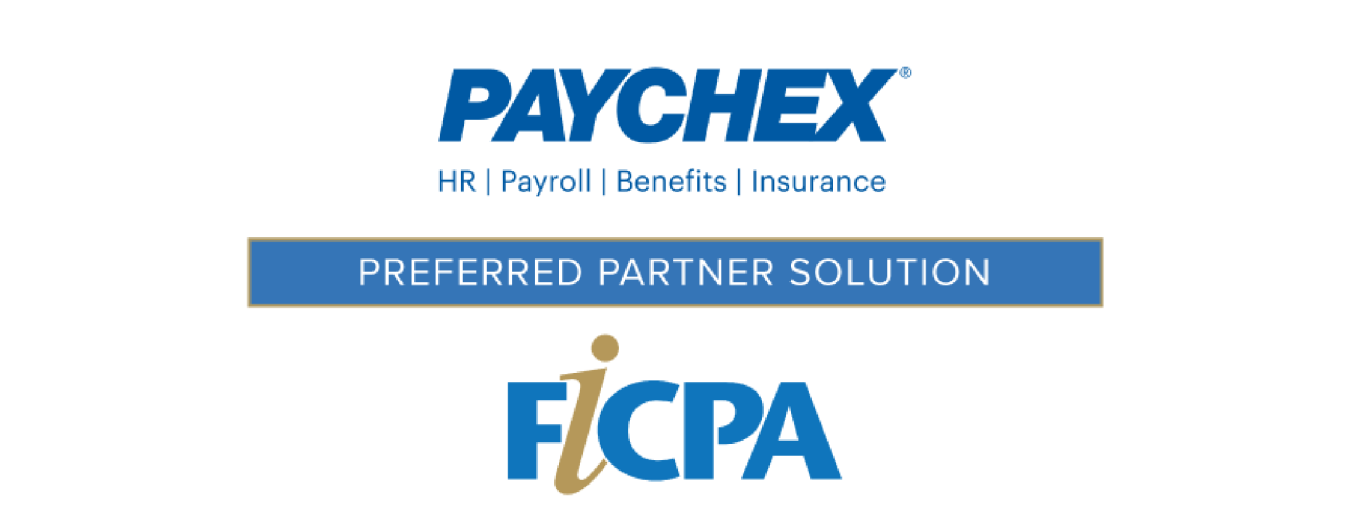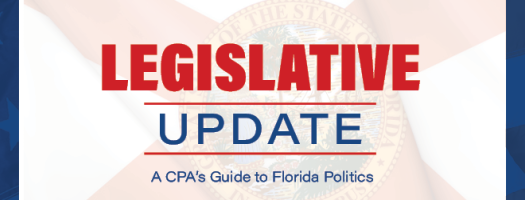
Businesses can no longer pay wages to claim the ERTC, but they have until 2024 to do a look back on their payroll during the pandemic and retroactively claim the credit by filing an amended tax return.
Although the ERTC program has officially sunset, this does not impact the ability of a business to claim ERTC retroactively. Businesses have up to three years from the end of the program to conduct a lookback to determine if wages paid after March 12, 2020 through the end of the program are eligible.
What is the ERTC?
The ERTC is a refundable credit that businesses can claim on qualified wages, including certain health insurance costs, paid to employees.
How Do the Credits Work?
The American Rescue Plan Act stipulates that the nonrefundable pieces of the ERTC will be claimed against Medicare taxes instead of against Social Security taxes as they were in 2020. However, this change will only apply to wages paid after June 30, 2021 and will not change the total credit amount.
If the credit exceeds the employer’s total liability of the portion of Social Security or Medicare, depending on whether before June 30, 2021 or after in any calendar quarter, the excess is refunded to the employer. At the end of the quarter, the amounts of these credits will be reconciled on the employer’s Form 941.
What Employers Qualify for the Employee Retention Credit?
Most employers, including colleges, universities, hospitals and 501(c) organizations, could qualify for the credit. Previously, the Consolidated Appropriations Act expanded qualifications to include businesses who took a loan under the Paycheck Protection Program (PPP), including borrowers from the initial round of PPP who originally were ineligible to claim the tax credit.
Qualification is determined by one of two factors for eligible employers — and one of these factors must apply in the calendar quarter the employer wishes to utilize the credit:
- A trade or business that was fully or partially suspended or had to reduce business hours due to a government order. The credit applies only for the portion of the quarter the business is suspended, not the entire quarter.
- An employer that has a significant decline in gross receipts.
What Wages Qualify When Calculating the ERTC?
Wages/compensation subject to FICA taxes, as well as qualified health expenses qualify when calculating the ERTC. These must have been paid after March 12, 2020 and qualify for the credit if paid through Sept. 30, 2021 (Recovery Startup Businesses had until Dec. 31, 2021). The credit can only be taken on wages that are not forgiven or expected to be forgiven under PPP.
Are Tipped Wages Included in Qualified Wages?
IRS notice 2021-49 clarified that tips would be included in qualified wages if these wages were subject to FICA. If tips are over $20 in a calendar month for an employee, then all tips (including the first $20) would be included in qualified wages for the purpose of the retention credit.
What is the Interaction with Other Credits and Funding Sources?
There is no double-dipping for credits. Employers who take the ERTC cannot also take credit on those same qualified wages for paid family medical leave. If an employee is included for the Work Opportunity Tax Credit, they may not be included for the employee retention credit. Remember, the credit can only be taken on wages that are not forgiven or expected to be forgiven under the PPP.
Looking Forward
If employers have questions or need more information, they should work with their accountant and payroll specialist. Learn more about the Paychex ERTC Service here.
Paychex is proud to be the preferred provider of HR, payroll, and retirement services for the FICPA’s members. Contact Paychex at [email protected] and learn more on the ERTC by clicking here.


